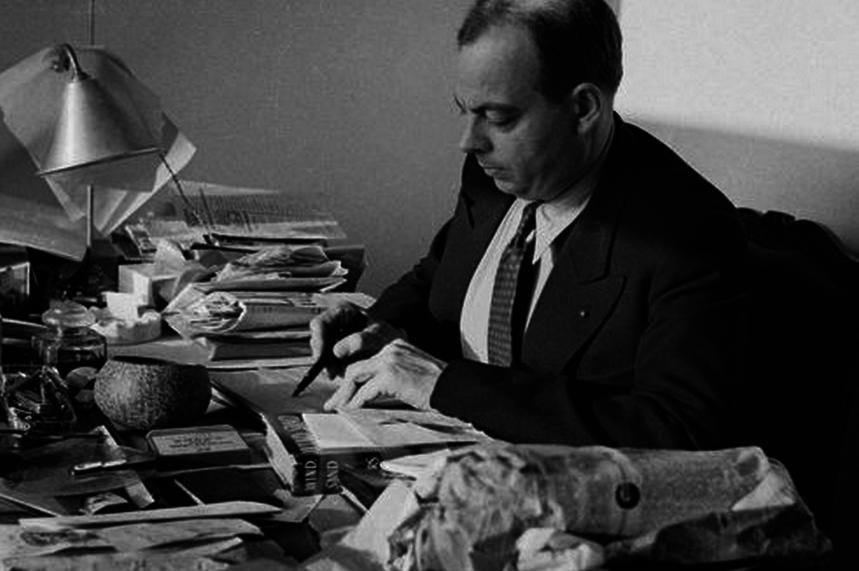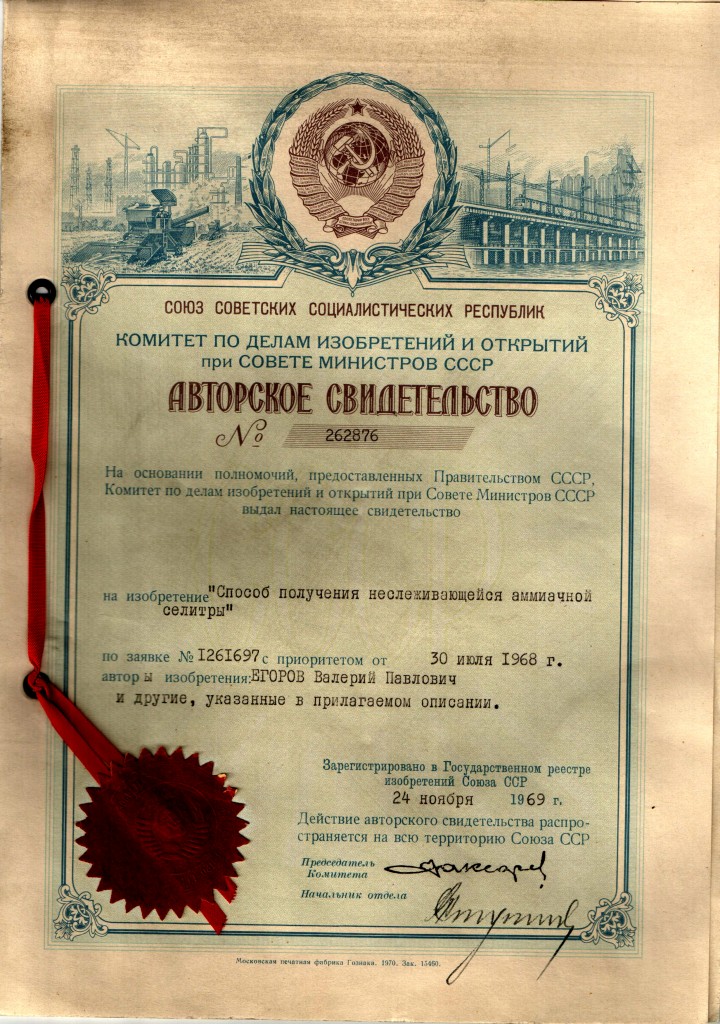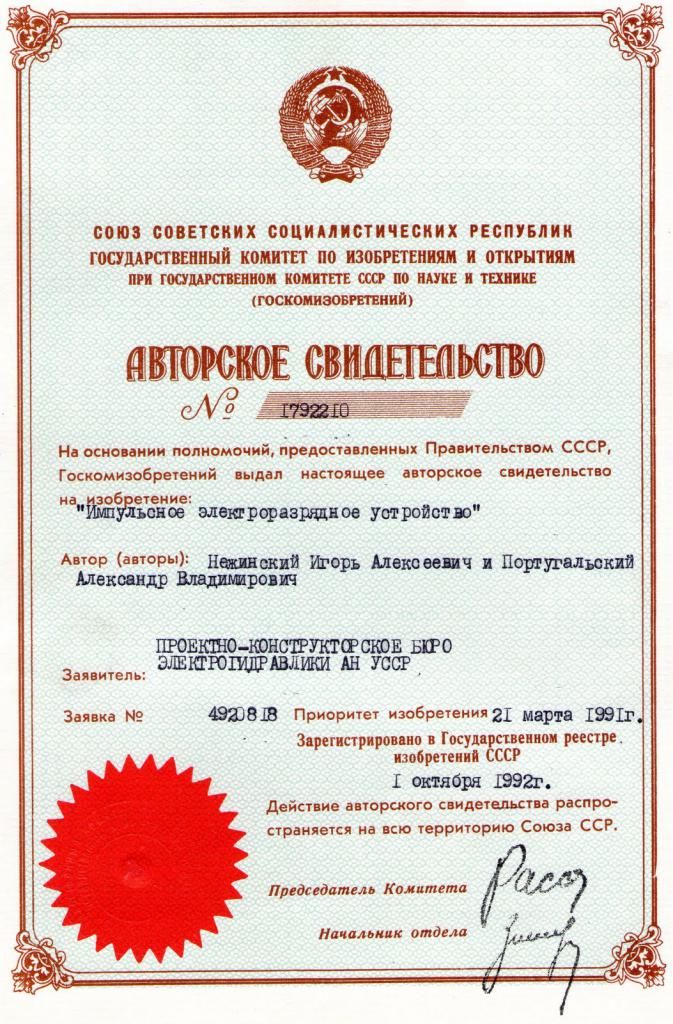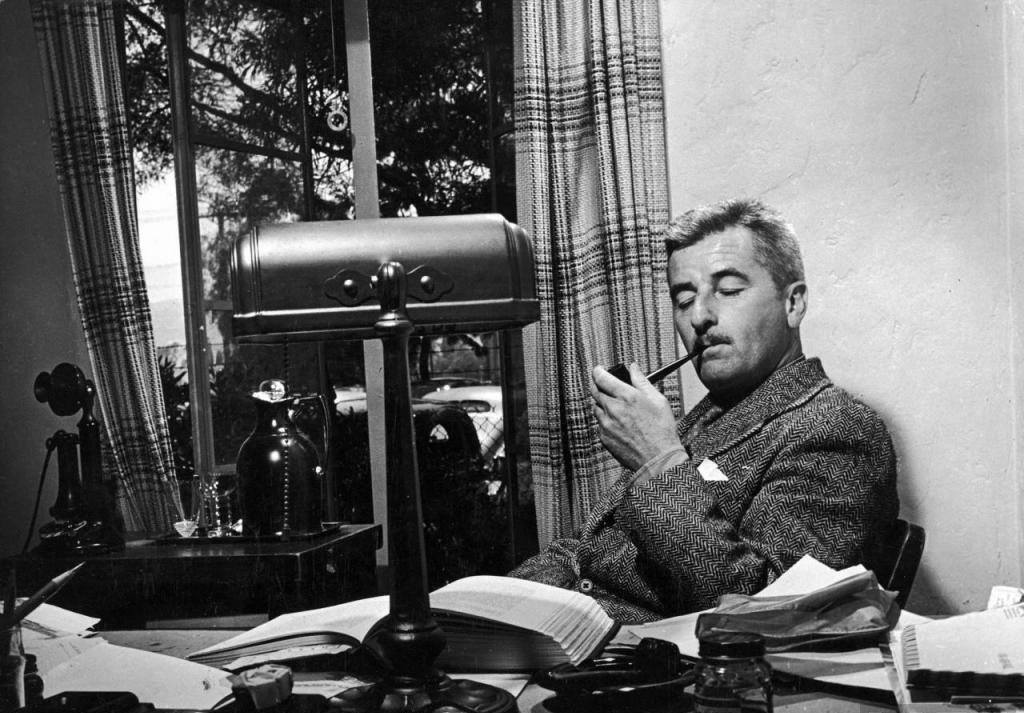At this stage of development, Russia, like the rest of the world, is experiencing a heyday of technology. Constantly people create this or that invention which did not exist before. They often invest in it their whole life, their mind and experience. It does not matter in which area the innovation was made, it is always the result of human activity, and therefore few authors really want to share their own fame, even if it is quite insignificant. That is why in the Soviet Union there was a copyright certificate for an invention that supported copyright.
History reference

In the USSR, patents were issued extremely rarely, since they retained the exclusive right of the author to use the new invention. This was largely contrary to the political doctrine that everything in the country belongs to the people as a whole. That is why a new form of copyright protection was created - copyright certificate. It was first introduced into law in 1919, when the decree "On inventions" was adopted, and was used until the collapse of the USSR in 1991. Obtaining a copyright certificate was the only opportunity for an ordinary person to somehow affirm their copyright. And also get relying on benefits. After the formation of the Russian Federation, the new law on patents canceled the issuance of copyright certificates, leaving only a patent as a protection document. However, even in our time there is a separate base, which has incorporated all the certificates and patents issued during the USSR period to familiarize with the results of inventions in former times. In order to find the document of interest, simply enter the number of the copyright certificate.
Copyright Becoming

At the moment, copyright is considered a completely independent sub-branch of civil law, designed to regulate the relations that arise in a person in connection with the creation and use of objects of science, literature and art. They help to affirm for a person his title of author, the only creator who can fully dispose of his own invention. And if earlier it was used exclusively within the framework of culture and art, now copyright has also been transferred to the field of high technologies, which greatly expanded its scope. Now the only evidence of copyright is exclusively a patent, which is clearly regulated by the existing legislation, however, the dignity of the evidence that existed in the USSR cannot be belittled. Now, under this concept is a completely different document, which has its own number of features.
Patent and copyright certificate: similarities and differences

In order to directly understand the differences between the two documents, their definitions should be clearly understood. It is in them that all the difference lies, in many ways even the definition of the political doctrine of the era of the appearance of evidence transfers the result of intellectual activity into the hands of the state itself, and not the creator himself.
Certificate of authorship

At the moment, this concept means a special document certifying the author’s right to the invention that he created. Moreover, such a document is protective and unlimited, but, in addition to affirming authorship, it transfers to the state the exclusive right to use it, and for the author himself provides only for the use of rights and benefits that are allowed to him by law.
The Russian legislation expressly provides that, at his own request, the inventor may transfer the ownership of his creation to the state itself. Instead, he is issued an author's certificate for a period of 15 years, and the country can calmly distribute and implement it at will.Other organizations that wish to work with the invention should ask permission from the state, not the author.
The certificate after receipt does not need to be registered after verification, unlike the patent, and it was intended, rather, to protect the form of the idea - paintings, scripts, software.
Patent
Patents, in turn, protect copyright for an individual. A person is recognized the right of authorship to an invention under the right of priority. That is, the one who first applied for state protection correctly receives a patent, even if he himself is not the creator. The recipient of a patent recognizes his exclusive right to use, that is, only he can apply, make, exploit his creation. Such a patent is valid only for 8-20 years after the filing of the application, and it is rather difficult to renew it. Basically, such protection is intended for those cases when it comes to technical innovations and ideas, as well as methods for their implementation.
Getting
In order to obtain copyright on the results of one's intellectual activity, one should familiarize oneself with the current Patent Law. First of all, it is required to provide the original invention with the presence of copyright marks for consideration by its expert.
In addition, the author must also confirm that he is the author of the invention, that his creation was fully funded only by him. In addition, the fact of the absence of plagiarism will also be required. After all the necessary documents are held by the expert, and the state fee is paid, the inventor himself will not have to do anything else. If the expert admits that the invention is worthy of copyright recognition, then the certificate will be handed in person or sent by mail.
Conclusion

With the development of the Internet, copyright has become a particularly problematic issue in the laws of all countries. They simply cannot keep up with the pace of development. The copyright certificate was profitable in the USSR, when everything was supposed to be nation-wide, but at the present time everyone did not want to give up their own in favor of the state, and therefore the patent system was exclusively preserved as a copyright protection.
